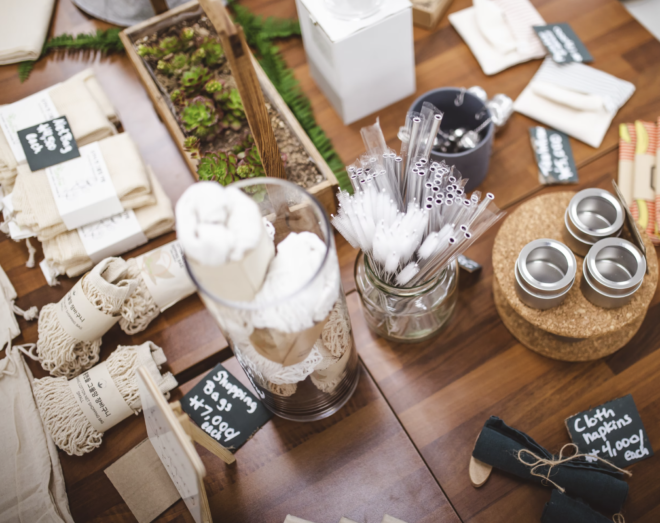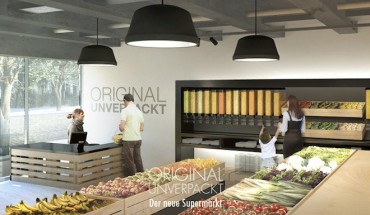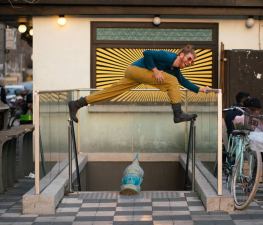2021 is almost over, and the zero-waste movement is still going strong. Now more than ever, people are doing their best to keep the planet clean, green, and with no waste in between. In fact, some are going so far that they are making DIY all-natural shampoos (or going no poo) and solar panels.
Of course, you don’t have to go that far. In fact, as a newcomer to the zero-waste movement, you don’t really have to go all-out immediately. Going zero-waste ought to be a process where you grow, adapt, develop, and learn from trial and error. In other words, even the most zero-waste devotees had to start somewhere.
So, where can you start? Well, in this article, we will provide you with a simple 8-step guide to zero-waste living. Most of these steps don’t require a whole lot from you except for a simple lifestyle change or two. And more importantly, you don’t even have to do all of the 8 steps at once. Begin by implementing two or three and see how well you adjust.
Step 1: Consume Differently
Globally, we waste around 1.3 billion tons of food, an amount that can feed almost 700 million people. A huge percent of that food comes from our own kitchens. In other words, all of the food that you don’t finish in one sitting or that spoils from staying in the fridge too long ends up as waste.
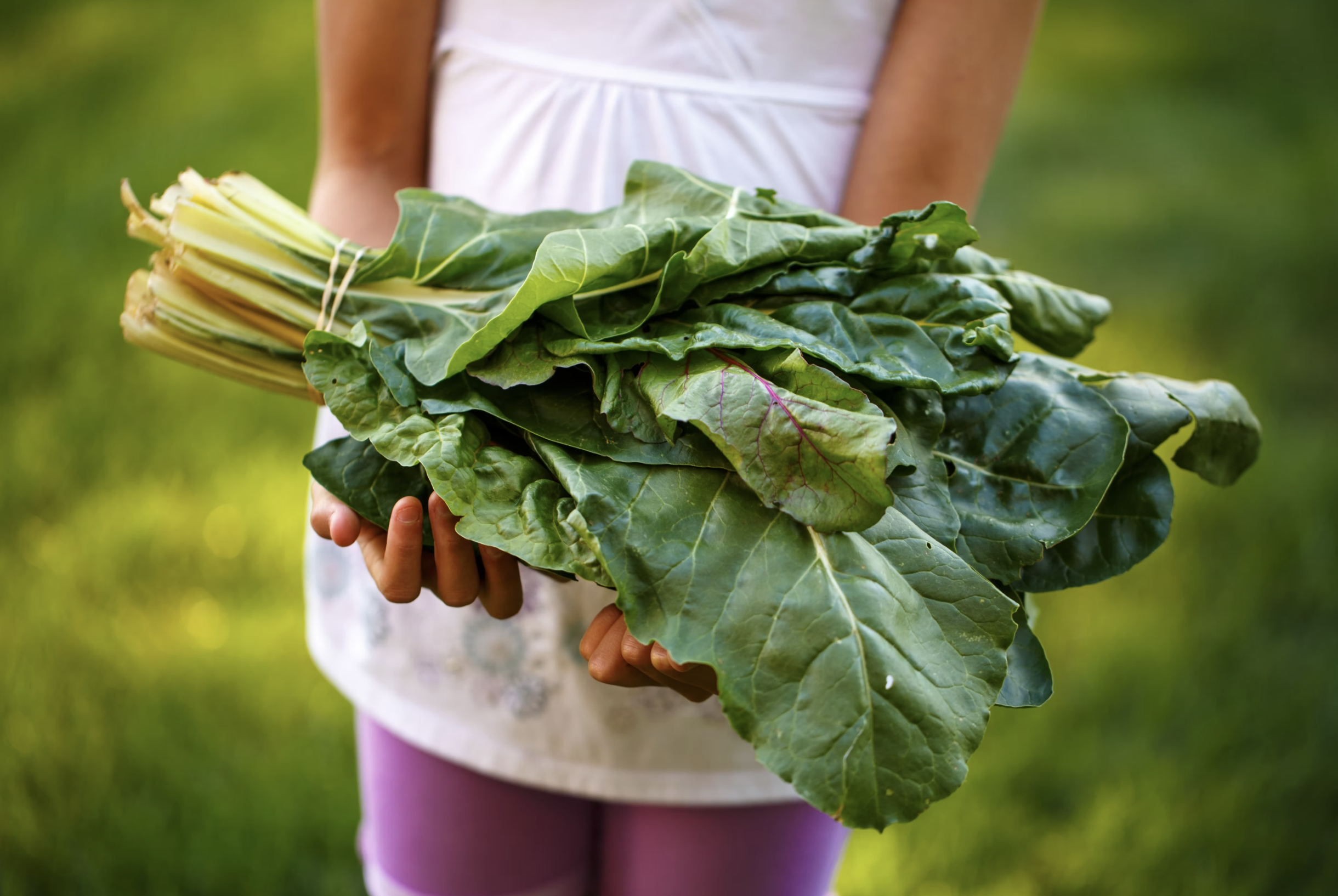
So, in order to reduce your contribution to this huge number, try to consume differently. For example, only prepare the amount you expect to eat so that you don’t throw away anything. If you can’t finish your meal, put it in the fridge and eat it for your next meal instead of throwing it away. Also, when you shop, don’t buy a perishable item if you don’t plan on eating it.
Step 2: Buy in Bulk

Buy local and without plastic bags. Refill dried goods at co-ops or bulk shops.
Some items have a long shelf-life. Therefore, if it’s an item you use a lot, it makes sense to buy it in bulk. The biggest reason behind that is the need to reduce the amount of packaging waste.
For example, if you want to buy cereal, dried fruit, nuts, spices, beans, and so on, simply take a jar or a plastic container to a local food store and fill them up. You can do the same with soap, shampoo, and even certain toiletries like cotton swabs.
Step 3: No More Single-Use Items
Single-use items most often refer to plastic packaging and objects that you throw away immediately after you’re done with them. In other words, it refers to plastic bottles, plastic utensils, product packaging, etc. Most of these items are incredibly difficult to recycle and even harder to decompose, so they end up stacked at our landfills.
In order to combat this issue, you can approach it in two ways. The first way involves doing a trash audit. Once you figure out everything that you throw away, you can work on reducing it in one way or another. More importantly, you should focus on the second way, i.e. buying items that you can reuse. Those items include:
- Washable and reusable food containers
- Durable utensils
- Canvas shopping bags
- Metal or hard plastic water bottles
Step 4: Donate Old Stuff
This step is simple enough. Do you have a ton of old things that you simply do not need, like old clothes, tools, utensils, bicycles, toys, towels, bedding, etc.? Well, all you have to do is find your local Salvation Army or Goodwill and donate them. Really, any donation establishment will do, as long as it’s registered and has a good track record. That way, you will know that your items are going to the people in need. In fact, you can even go a step further and donate the stuff yourself to a person in your community who might need some help.
Step 5: Buy Second-Hand
When replenishing your wardrobe or getting a new accessory, don’t go to the clothing store and buy items made cheaply by third-world laborers. Instead, opt for buying clothes that somebody else already wore. The same goes with belts, bags, backpacks, caps, gloves, wallets, etc.
Buying second-hand items has more than one benefit. Not only will you reduce the amount of clothing waste by reclaiming an item, but you’ll also be getting a decent piece of clothing or accessory at a fraction of the price.
Step 6: Repair What You Can
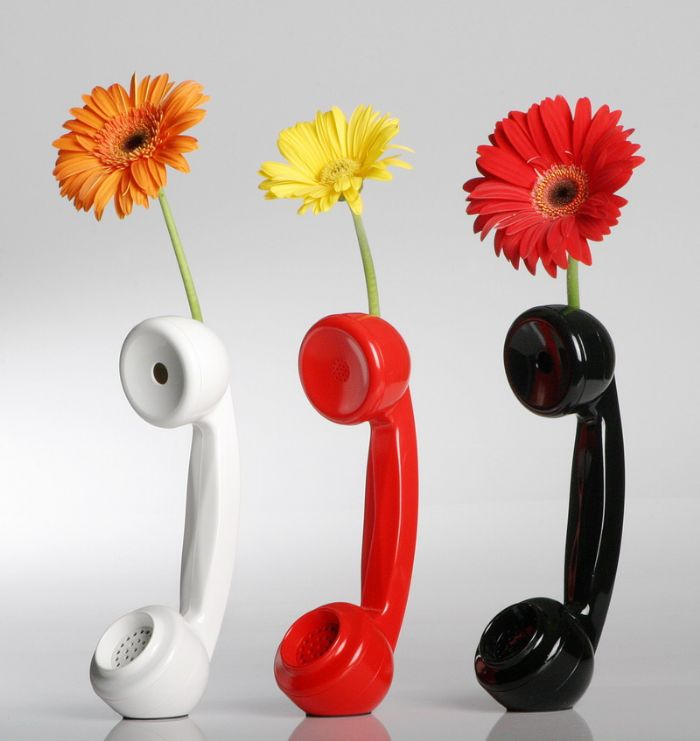
Recycle or upcycle phones
Sometimes, a smashed laptop or a busted phone is only good for the recycle bin. However, if your lamp isn’t working, or your toaster needs a once-over, why not try fixing them instead?
A lot of items, especially home electronics, end up in landfills. In order to avoid that, try to repair as much as you can yourself. Nowadays, you can find a tutorial online for fixing and restoring just about anything. A few channels even made entire successful careers doing it.
Step 7: Paperless Bills
Initiatives to shift from paper to digital billing aren’t new. And with the zero-waste movement gaining traction in Western countries, they are becoming even more popular than before. After all, paying without receiving paper notices is not only good for the environment, it is also incredibly easy and convenient, allowing you to pay anything from the comfort of your own home. So, if your city, county, or state supports paperless billing, don’t hesitate to try it.
Step 8: Upcycling Old Items

The Balena sliders are biodegradable
This step might be the most complicated, but we’ve included it anyway as a sort-of end goal for any newcomer zero-waste adherent. When you have a lot of old items, instead of throwing them away, do a bit of DIY magic. You can create a whole range of different and exciting items from old door frames, tennis rackets, mirrors, picture frames, and even marbles. The possibilities are so numerous that you won’t even know where to begin. We suggest trying to upcycle one or two simple items and work your way up from there.
Also, try upcycling organic waste, which is a great way to reduce the amount of waste that ends up in landfills. One way to do this is by recycling food waste through composting. Composting involves breaking down organic materials like food scraps, yard waste, and other organic matter into nutrient-rich soil. By using compost bins, such as underground worm compost bins at subpod.com you can create nutrient-rich compost right in your own backyard. Worms break down organic matter such as food scraps and shredded leaves, and the resulting castings are a great fertilizer for your garden.
Conclusion
Zero-waste living is not really easy, but it’s also not particularly difficult. All you have to do is start small and the more you do it, the better you’ll become over time. Hopefully, these 8 steps will be a decent guide into your new and exciting world of saving the planet by simply living your life the best way possible.


